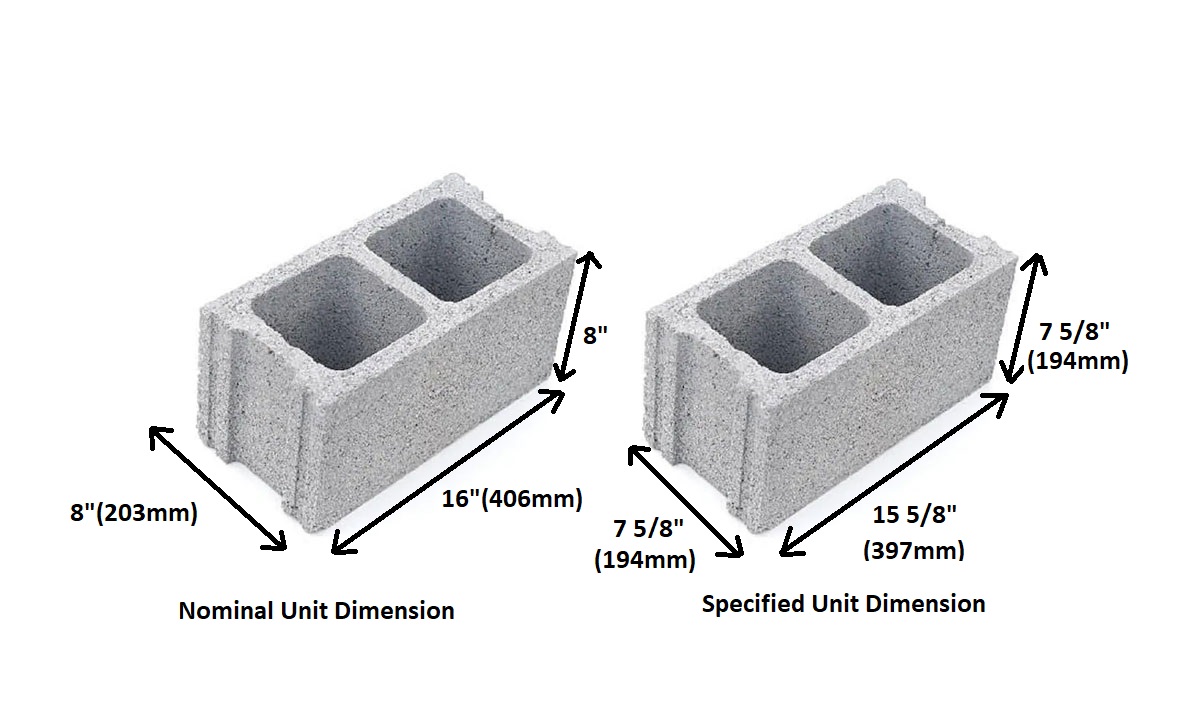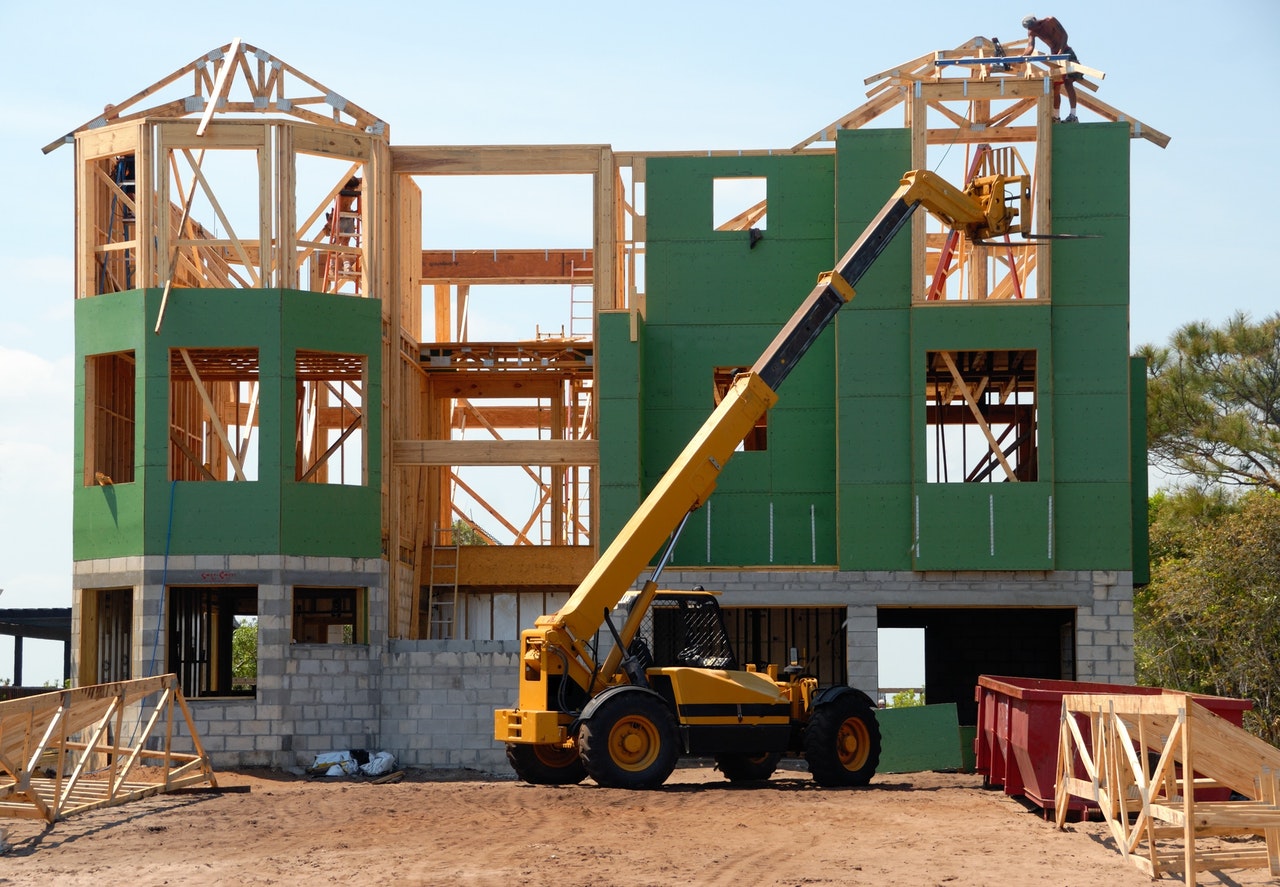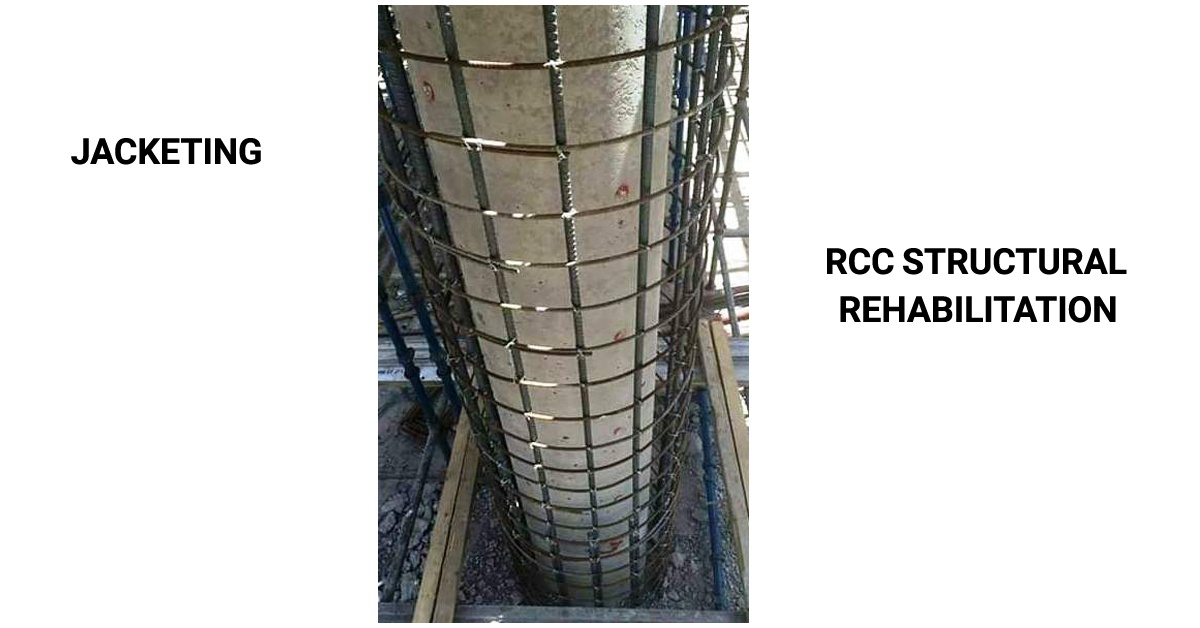If you’re planning on tackling a landscaping or construction project, you may be wondering how much gravel you’ll need to complete the job. Gravel is typically sold by the ton, but it’s important to understand exactly how much material that is and how it compares to the number of cubic yards you’ll need to complete your project. In this post, we’ll explore “How Many Yards is a Ton of Gravel?” and the relationship between tons and cubic yards and explain how to calculate the number of cubic yards of gravel you’ll need to buy to complete your project in the United States.
But first, let’s take a step back and define some key terms:
- A ton is a unit of weight, specifically, it’s equal to 2,000 pounds.
- A cubic yard is a unit of volume, specifically, it’s equal to a cube with sides that are three feet long.
How Many Yards is a Ton of Gravel?
Now, let’s move on to the main topic: how many cubic yards are in a ton of gravel?
The answer to this question will depend on the size of the gravel and the material it’s made of. Different types of gravel have different densities, which can affect the number of cubic yards in a ton.
For example, a cubic yard of pea gravel, which is small and smooth, will be lighter and take up less space than a cubic yard of crushed stone, which is larger and more jagged. As a result, a ton of pea gravel will cover more cubic yards than a ton of crushed stone.
To complicate things further, the density of a material can also vary depending on the specific type of gravel. For example, the density of crushed stone can range from 110 pounds per cubic foot (1.8 tons per cubic yard) to 130 pounds per cubic foot (2.1 tons per cubic yard).
To give you an idea of how much gravel is in a ton, we’ve compiled a table of some common types of gravel and their approximate weight per cubic yard:
| Gravel Type | Approximate Weight per Cubic Yard |
|---|---|
| Pea Gravel | 1.5 – 2.0 tons |
| Crushed Stone | 2.0 – 2.5 tons |
| River Rock | 2.0 – 3.0 tons |
| Decorative Rock | 2.5 – 3.5 tons |
Keep in mind that these are approximate weights and the actual weight of your gravel may vary slightly depending on factors such as moisture content and the specific type of rock used.
So, how do you calculate the number of cubic yards in a ton of gravel? Here’s the formula:
Cubic Yards = (Weight in Pounds / Density in Pounds per Cubic Foot) x (1/27)
Let’s work through an example to see how this formula works in practice. Say you have a ton of pea gravel that weighs 2,000 pounds and has a density of 100 pounds per cubic foot. Plugging those values into the formula, we get:
Cubic Yard = (2,000 / 100) x (1/27) = 20 x (1/27) = 0.74 cubic yards
This means that a ton of pea gravel will cover about 0.74 cubic yards.
It’s worth noting that this formula will give you an approximate answer. The actual amount of gravel you’ll need for your project will depend on a variety of factors, including the size and shape of the area you’re covering, the type of gravel you choose, and the density of that gravel.
To get a more accurate estimate of the amount of gravel you’ll need, it’s a good idea to use a calculator or online tool that can take these factors into account. Many landscaping supply companies have these tools on their websites, so you can easily get a quote for the exact amount of gravel you’ll need for your project.
Conclusion
Now that you have a better understanding of how many cubic yards are in a ton of gravel, you can make more informed decisions about your landscaping or construction project. Whether you’re installing a new driveway, building a retaining wall, or simply adding some decorative touches to your garden, knowing how much gravel you’ll need is an important part of the planning process.
With the right tools and a little bit of math, you can easily calculate the number of cubic yards you’ll need and make sure you have the right amount



